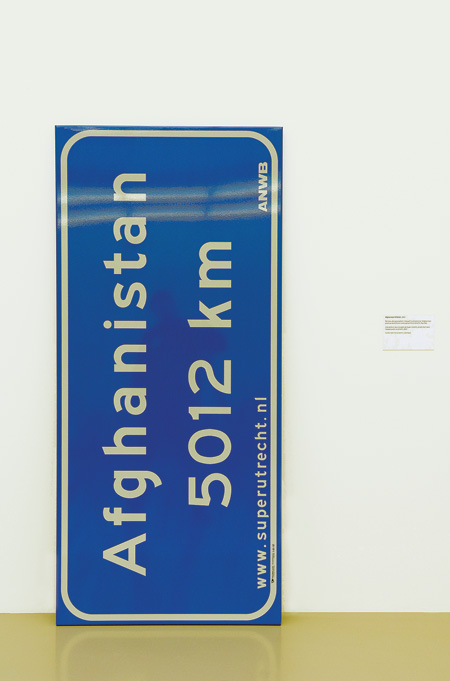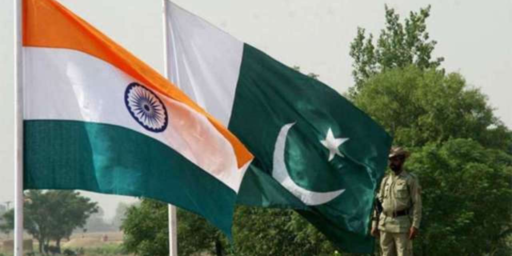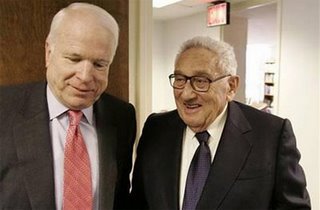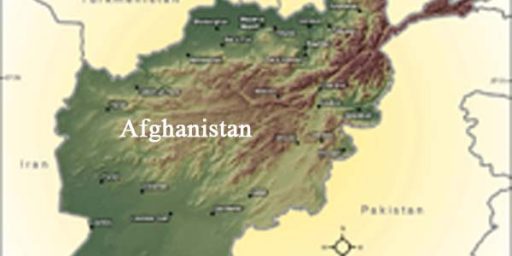Are We There Yet? (Afghanistan Edition)
 One of the famous wisecracks attributed to Lincoln is “If this is coffee, please bring me tea. If it is tea, bring me coffee.” That’s much the way I felt when I read the long-awaited “metrics” for Afghanistan from the Obama Administration at Foreign Policy’s Cable site:
One of the famous wisecracks attributed to Lincoln is “If this is coffee, please bring me tea. If it is tea, bring me coffee.” That’s much the way I felt when I read the long-awaited “metrics” for Afghanistan from the Obama Administration at Foreign Policy’s Cable site:
The Obama administration delivered its metrics for the future of Afghanistan and Pakistan to senators in a closed briefing on Capitol Hill today, and The Cable has the document.
The three-page paper, which is marked DRAFT but is unclassified, lays out the Obama team’s priorities and also represents its response to congressional calls for more details on how the administration intends to measure progress in the region.
The draft document focuses on three main objectives: disrupting terrorist networks in Afghanistan and especially Pakistan, working to stabilize Pakistan, and working to achieve a host of political and civic goals in Afghanistan. Each objective has a list of metrics beneath it, although many of these are more goals than concrete milestones that could be measured in any factual way.
The metrics span just about every conceivable issue, including progress towards Pakistan’s civilian government and judicial system becoming stable, to support for human rights, to public perceptions of security, to volume and value of narcotics.
Hat tip: Steve Hynd, who also has an early round-up of media reaction. The cleaned-up version of the document is here. I urge you to read it for yourself since it’s your money that has paid for it and will pay for the ongoing commitment in Afghanistan, a commitment which will at the very minimum amount to many hundreds of billions of dollars.
The “metrics” are embarrassingly skimpy, more the work of an afternoon’s doodling than of six months of serious reflection, and are barely metrics at all. The word “metrics” is derived from the Greek word metron, a measure, and being something that is measurable is essential to a metric. Here’s one of the metrics under the subheading “Assist efforts to enhance civilian control and stable constitutional government in Pakistan”:
Development of an enduring, strategic partnership between the U.S. and Pakistan
What in the world is the metric for the metric? Far from metrics this is a wishlist and if the United States is to commit to ongoing support for the corrupt, incompetent, illegitimate Kabul government and commit additional troops to the effort there we deserve more than a wishlist. The Economist comments:
This is what we waited all this time for? These are the brilliant output-oriented metrics that are going to tell us whether we’re winning the war in Afghanistan? Explain to me why I should be impressed.
We are now lurching towards a de facto policy of counter-insurgency in Afghanistan, a policy peculiarly unsuited to the conditions there since it requires a local government with the support of the people for its success. Under prevailing counter-insurgency doctrine hundreds of thousands more troops will be needed in Afghanistan than are there now even as our NATO allies prepare to decamp and the time when the Afghan government will be able to provide enough force on its own is far, far in the future if ever.
Bad as counter-insurgency is as a strategy for Afghanistan I agree with the critics who note that the off-shore approach to fighting terrorists has been tried and found wanting. I want something else.
However, in response to the metrics that have been presented to measure our progress in Afghanistan, I’ll close with another quote from Lincoln. When asked “If you count a tail as a leg how many legs does a horse have?” he responded, “Four. Whatever you call it, a tail is not a leg.” These are not metrics. Where are the metrics?
Roadsign with Distance to Afghanistan (above) was created by Dutch artist Jens Haaning.






You’re being too negative.
The metric is: “Are things getting better? Please?”
It’s a very scientific approach.
“…the off-shore approach to fighting terrorists has been tried and found wanting.”
Except that the “off-shore approach” in that case consisted of lobbing cruise missiles at targets last seen two days earlier. The latest approach, an example of which was a group of militants taken out by a Special Forces raid in Somalia, shows signs of working very well indeed.
If we leave aside the Quixotic qoals, it comes down to the “roach hotel” model, doesn’t it?
We create a forward fight for Muslim extremists and attract them to a battle far from our home?
I think you’re right that this isn’t really a perfect strategy against “terrorists.”
But until I see a more plausible explanation of what strategic planners are thinking … it must be their mental model.
I think Bill is right to remind us that a “stand-off, but act when appropriate” method can work. Heck, he reminds me of why I liked Iraqi containment back in the day.
As an aside, I heard the news report on the Somalia raid, and soaked it up as a success story … and it wasn’t until a few minute later that it registered that this was technically a military assassination.
We’ve become a militarized culture … let’s hope we can keep the balance and not go too far down that road.
Have you seen this?
Yes, I have, and I’m a fan of Stewart’s.
With these so call “metrics†regardless of what happens, Obama can later say his plan is working since it could have been worst.
That said metrics for this manner are difficult. Many of the hard metrics really shouldn’t be published which would give the oppositions and others a chance to game your efforts.